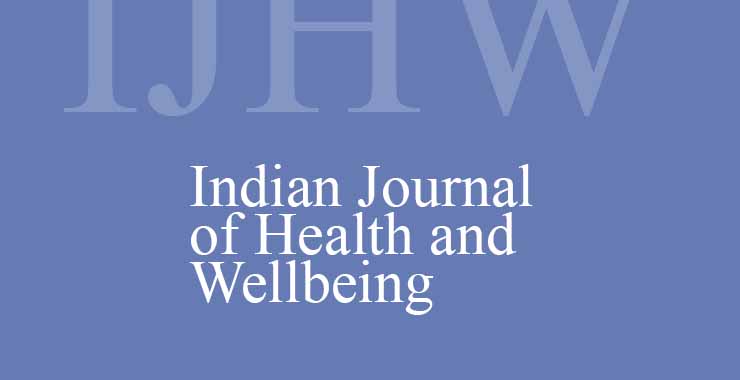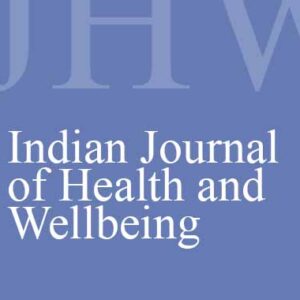The Disparate Impact of COVID-19 on Higher Education in India
Original price was: ₹ 201.00.₹ 200.00Current price is: ₹ 200.00.
Page: 459-464
Naina Sharma1, Zoha Shahabuddin2, Angelic Rivera3, Pedro Goldberg4, Shivnath Ghosh5, and Rosy Chhabra6 (Centre for Distance and Online Education, Punjabi University Patiala, Punjab1, St. Christopher’s Hospital for Children, Philadelphia, PA, USA2, Montefiore School Health Program, Montefiore Hospital, Bronx, NY, USA3,6, Department of Clinical Psychology, University of Miami, Coral Gables, FL, USA4, Department of Psychology, Himachal Pradesh University, Shimla, Himachal Pradesh5)
Description
Page: 459-464
Naina Sharma1, Zoha Shahabuddin2, Angelic Rivera3, Pedro Goldberg4, Shivnath Ghosh5, and Rosy Chhabra6 (Centre for Distance and Online Education, Punjabi University Patiala, Punjab1, St. Christopher’s Hospital for Children, Philadelphia, PA, USA2, Montefiore School Health Program, Montefiore Hospital, Bronx, NY, USA3,6, Department of Clinical Psychology, University of Miami, Coral Gables, FL, USA4, Department of Psychology, Himachal Pradesh University, Shimla, Himachal Pradesh5)
The coronavirus (COVID-19) drastically altered the global educational landscape for all learners in K-12 school systems to graduate students in universities. Access to education depended on resources like technology and broadband and the ability to rapidly move into the remote mode for teaching and learning. A mixed-method study focusing on the impact of COVID-19 on graduate students and faculty was conducted in Punjab, India. Students voluntarily completed an online, confidential quantitative survey (n=721). Additionally, faculty (n=10) and students (n=20) participated in focus groups (qualitative methodology). The survey explored COVID-19’s impact on four comprehensive aspects of well-being (economic, educational, physical, and mental health). Students reported direct and indirect COVID-related experiences including self-infection (9.7%); family infection (9%), and hospitalization (29.6%) or death (26.5%) of close family members or friends. A negative impact on economic well-being was reported, with females being significantly more affected by worries about loss of income (p<.001) and falling behind in education (p<.001). With regards to physical well-being, students indicated improvements in exercising, eating habits, and sleep but deterioration in anxiety, mood, and weight since the onset of COVID-19. Qualitative data from faculty suggested feeling enormous pressure, lack of training for remote teaching, loss of work and family life balance, and feeling disconnected from students due to lack of face-to-face interaction. COVID-19 has negatively impacted the ability of academics to provide quality education as well as the ability of students to benefit from higher education.


